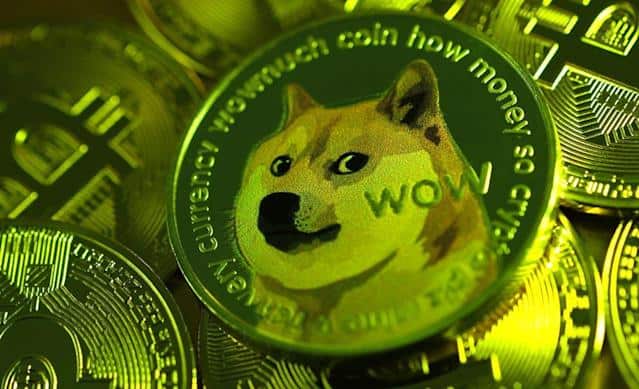Back in February, Glauber Contessoto invested his life savings in dogecoin. Glauber, also known as the dogecoin millionaire, took the risk despite the warnings of his family and friends. Fast forward to May, and he is a multi-millionaire on paper.
While this seems to have worked out for now, most of us are far too risk averse to wager all that we have on a single investment, especially cryptocurrency.
What is dogecoin?

According to Wikipedia, Dogecoin was created back in December of 2013. It was the brainchild of software engineers Billy Markus and Jackson Palmer.
Dogecoin now has a higher market cap than many blue chips. But unlike Bitcoin there is no theoretical limit to the number of dogecoins that can be mined, and the mining process is different than bitcoin’s SHA256. Although its creators started it as a joke, they did have visions of dogecoin appealing to a broader demographic as compared to bitcoin.
Why am I talking about this?
One of the physicians my wife works with said that he bought some dogecoin on Monday, May 3 at about $0.41. Carol talked me into buying some “for fun.” On May 5, we paid about $0.61 for DOGE (a derivative – my real crypto is stored in my ledger at coinbase.com) on Robinhood. By Saturday afternoon, it had spiked at about $0.75 as a result of speculation that Elon Musk would talk about it while hosting SNL. That’s when we should have sold back our original investment to have an infinite return situation, but Robinhood has crashed, and no one could sell even if they wanted to.
As of 5:00 AM this morning, DOGE is down to around $0.42. So we’ve lost around $2000… Just kidding! We only ventured $100, so we are down about $20. This is an example of speculating with money we don’t mind losing, since there was (still is) a high upside. Will we sell it? No. I have a rule. I don’t sell when investments are down, especially when we invested an amount that we can afford to lose. So we’ll wait and see.
Typical retail investors would instantly sell to prevent “losing” more money. This is probably because they invested money they could not afford to lose, and they don’t want to lose more even though it’s only a paper loss.
Plus Glauber is diamond-handing the DOGE that he YOLOed his life savings for.
Want more?
Watch Graham Stephan’s analysis of the network effect, the Tesla factors, and more.
As Always…
Thanks for reading! I hope this information provides food for thought. Remember that I am not a certified financial planner, a certified public accountant, a licensed real estate agent, etc. My content is for educational purposes. I am a math educator who happens to have a finance degree. Like they say, never take financial advice from a math teacher! (Do they really say that?)
But you should spend less than you earn, invest the difference, and stay out of debt!
I would so appreciate your sharing my content with anyone you feel could benefit. And if you would like a free exploratory conversation or just want to shoot the breeze about personal finances, call me and leave a message or send a text to 570-731-0425.